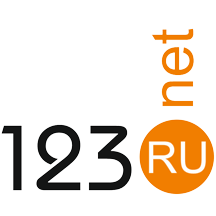The spatial biology of HIV infection
0
by Kevin Hu, Thomas R. O’Neil, Heeva Baharlou, Paul J. Austin, Jackson F. Karrasch, Lara Sarkawt, Yuchen Li, Kirstie M. Bertram, Anthony L. Cunningham, Ellis Patrick, Andrew N. Harman
HIV infection implicates a spectrum of tissues in the human body starting with viral transmission in the anogenital tract and subsequently persisting in lymphoid tissues and brain. Though studies using isolated cells have contributed significantly towards our understanding of HIV infection, the tissue microenvironment is characterised by a complex interplay of a range of factors, all of which can influence the course of infection but are otherwise missed in ex vivo studies. To address this knowledge gap, it is necessary to investigate the dynamics of infection and the host immune response in situ using imaging-based approaches. Over the last decade, emerging imaging techniques have continually redefined the limits of detection, both in terms of the scope and the scale of the targets. In doing so, this has opened up new questions that can be answered by in situ studies. This review discusses the high-dimensional imaging modalities that are now available and their application towards understanding the spatial biology of HIV infection.